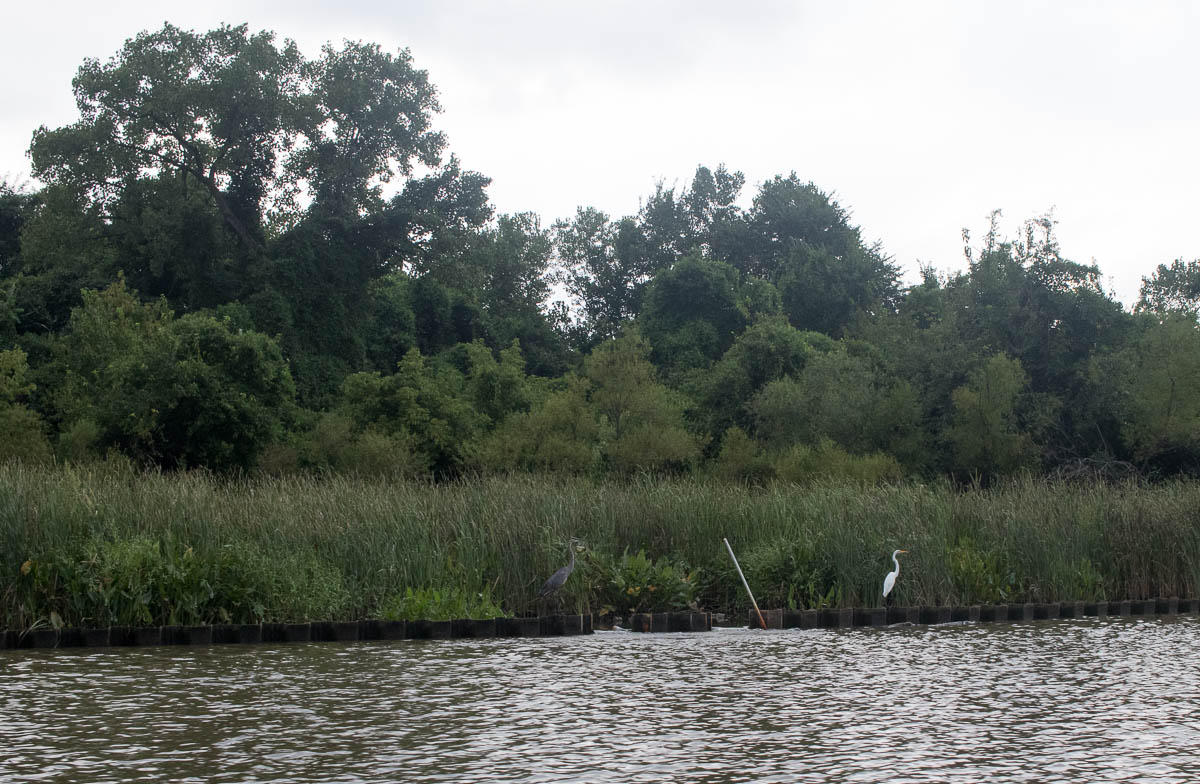Infographic
GDES-200 fall 2018 (David Ramos, American University Design)
ramos@american.edu · office hours

Consider ways of telling stories about quantitative information, examining data about the Anacostia River. This semester, we will look at how DC Water’s Clean Rivers Project affected water quality.
Create a graphic that examines changes in the Anacostia’s health over the last several years. You must incorporate time-series data about CSO (combined sewer overflow) volumes, and data about either stream flow or rainfall, along with three other pieces of information. (This content requirement is broadly framed.) You can draw from the datasets provided on this sheet, or you can find your own sources.
Show your data in the form of charts, diagrams, maps, or (visually rewarding) tables. Your document should include a headline and a few sentences of introductory text. For each element, provide titles, labels, values and desciptions, and notes about sources.
Examples
See information design examples that combine different types or scales of data.
Phases of work
- Read about the river and the water quality issues, and arrive at a story you’d like to examine.
- Look at the data that illuminate that story (we’ll be using Workbench in class, though a spreadsheet or statistical program might also suffice), and plot those data so that you understand them. Decide how you’d like to organize your data—think about time (hourly, quarterly, monthly, yearly, one point in time?), units, and geography.
- Sketch out your final layout. Decide on the size and position of text and graphical elements.
- Prepare rough visualizations in an analytical tool.
- Bring those rough visualizations into Illustrator and improve their readability and visual clarity.
- Lay out the final document in InDesign. Print and export to PDF.
We will have desk critiques, small-group critiques, and all-class critiques throughout this process. At every stage, if you can imagine two or three alternatives, try all of them.
Specifications
- Full color or black and white.
- Trim size: 11×17 in. (tabloid) or 10.5×16.5 in (trimmed to allow bleeds), horizontal or vertical.
- Present a printed, full-size sheet for final and semifinal critiques, and turn in a PDF.
- For fonts, use only Myriad, DIN, Adobe Garamond Pro, Helvetica, Helvetica Neue, Jenson, Source Sans Pro, Source Code Pro, Bodoni, Caslon, IBM Plex (sans, serif, or mono), or Franklin Gothic. It would be prudent to choose a serif and a sans serif.

Data
CSO operations
- File: Quarterly CSO volumes (ZIP), Q1 2015–Q2 2018. CSV, extracted from DC Water CSO division quarterly reports.
Precipitation
- File: Precipitation at Ronald Reagan National Airport (ZIP), January 2015 through August 2018. CSV and PDF files, from NOAA NCEI.
USGS Stream Gauge Data
Stream gauges are instruments set along the banks of watercourses. They measure parameters like water level, discharge (total amount of water passing the gauge, imputed from other data), dissolved oxygen, and water temperature.
- File: Mean discharge, stream gauge at Hickey Run, National Arboretum (ZIP), January 2015–September 2017. CSV and TSV files. From USGS gauge data site.
Gauges of interest:
- DC area stream gauges
- Hickey Run at National Arboretum, west bank of the Anacostia, northeast D.C.
- Anacostia River Aquatic Gardens, on the Anacostia main stem, northeast D.C. (data collection discontinued, October 2017)
- Watts Branch, east bank of the Anacostia, northeast D.C.
- Northeast Branch Anacostia River at Riverdale, Md.
- Northwest Branch Anacostia River near Hyattsville, Md.
- Rock Creek at Joyce Road (northwest D.C., on Rock Creek, not the Anacostia system)
Tip: for monthly summaries, under “available data for this site,” choose “Time-series: Monthly statistics.” Summaries will not be available for dates within about the last year.
Water quality
- Bacteria count data TK
- Swim Guide
Spatial data
Presented here in PDF format. You can edit PDFs, which are vector graphics, in Illustrator.
- Map view of waterbodies in the DC area (PDF), extracted from USGS National Hydrography Dataset. Incudes waterbodies coded as marsh, but that produces a reasonable rendering of the Anacostia.

Subject matter links
Background
- Anacostia Rising, an in-depth WAMU project, covering history, physical features, and environmental and social issues. Accompanied by audio pieces and excellent photos.
- River of Resilience
- Anacostia Riverkeeper
- Anacostia Watershed Society
- Anacostia Watershed basics
- Anacostia River Trails (PDF)—map from National Park Service
- Anacostia River Water Trail Guide (PDF)
CSOs and water quality
- WUSA: 3.8 billion gallons of polluted stormwater stopped from spilling in Anacostia River despite rains
- GGWash: DC’s new tunnel is keeping billions of gallons of sewage out of the Anacostia
- DC Water Clean Rivers Project (CSO prevention/mitigation project)
- DC Water Combined Sewer System
- GGWash: DC’s rivers could be swimable in the next several years